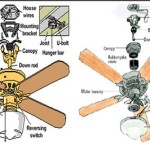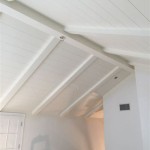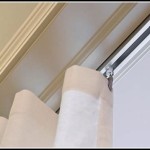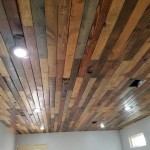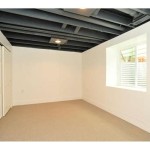Everything You Need To Know About Ceiling AC Vents In House
Ceiling AC vents are an important part of any home's cooling system. They help to circulate cool air throughout the house, and can make a big difference in how comfortable your home feels during the summer months.
There are a few different types of ceiling AC vents, each with its own advantages and disadvantages. The most common type of ceiling AC vent is the register vent. Register vents are simple and inexpensive to install, and they can be used to direct airflow in any direction. However, register vents can be unsightly, and they can sometimes create drafts.
Another type of ceiling AC vent is the diffuser vent. Diffuser vents are more expensive than register vents, but they are also more efficient. Diffuser vents use a diffuser cone to disperse airflow evenly throughout the room, which can help to eliminate drafts. Diffuser vents are also less likely to create noise.
The size of the ceiling AC vent will depend on the size of the room it is being used in. A small room will only need a small vent, while a large room will need a larger vent. The size of the vent will also affect the airflow rate. A larger vent will allow more air to flow through it, which can help to cool a room more quickly.
The location of the ceiling AC vent is also important. The vent should be placed in a location where it will be able to circulate air throughout the room. The vent should also be placed away from any furniture or other objects that could block the airflow.
Ceiling AC vents are an important part of any home's cooling system. By choosing the right type and size of vent, and by placing it in the correct location, you can help to ensure that your home is comfortable and cool during the summer months.
Here are some additional tips for using ceiling AC vents:
- Keep the vents clean. Dust and dirt can build up on the vents, which can restrict airflow. Clean the vents regularly with a vacuum cleaner or a damp cloth.
- Open the vents all the way. The vents should be open all the way to allow for maximum airflow. If the vents are closed or partially closed, the air will not be able to circulate properly.
- Direct the airflow. The vents can be directed to circulate air in any direction. Point the vents towards the areas of the room that need cooling the most.
- Use a fan. A fan can help to circulate the air more evenly throughout the room. Place the fan in the center of the room and point it towards the ceiling.
By following these tips, you can help to ensure that your ceiling AC vents are working properly and that your home is cool and comfortable during the summer months.

Everything You Need To Know Ceiling Cassette Air Conditioning

Everything You Need To Know About Cassette Air Conditioners Metropolitan Conditioning

Ceiling Ac Vents Pros And Cons Aire Serv

What To Know About Ceiling Mounted Mini Splits The Heat Pump

How To Open And Close Ceiling Air Vents

Changing All My A C Heating Ceiling Vents For Better Airflow Between Naps On The Porch

Changing All My A C Heating Ceiling Vents For Better Airflow Between Naps On The Porch

Dirty Ac Vents What To Know About Keeping The Covers Clean

Everything You Need To Know About Cassette Air Conditioners Metropolitan Conditioning

Why Adding A Return Air Vent Improves Your Home S Comfort Bird Family Insulation
Related Posts

